Population and Social Characteristics
Most Diverse Neighborhoods in the Midwest

Published:

Diversity in the Midwest, like in most of the country, has different root causes, including the Great Migration of 1910 to 1970. At the time, Black Americans moved in droves from the South to Northern, Midwestern, and Western states, pursuing economic and educational opportunities, and fleeing oppression of Jim Crow. It is considered one of the largest movements of people in United States history.
In the First Great Migration (1910-1940) particularly, Black Americans moved to Midwest cities, including Chicago and Detroit. While they may have been able to find jobs, many met with housing discrimination, such as redlining, which created segregated neighborhoods.
Today, diversity includes people of many racial and ethnic backgrounds. To help represent diversity of an area, the Census Bureau has created a measure that calculates the chance that two people chosen at random from a certain place will be from different race and ethnicity groups.
To determine the 50 most diverse neighborhoods in the Midwest, 24/7 Wall St. calculated this measure for different census tracts, using five-year data on race and ethnicity from the U.S. Census Bureau’s 2022 American Community Survey. Neighborhoods were ranked based on the probability that two residents picked at random will be of different race or ethnicity. Racial and ethnic groups include white, Black or African American, American Indian and Alaska Native, Asian, Native Hawaiian and other Pacific Islander, Hispanic or Latino, some other race alone, and two or more races.
Of the 50 neighborhoods on the list, 12 are in Minneapolis, 10 in Chicago, and six in Saint Paul, Minnesota. (Also see: The Most Diverse Neighborhoods On the East Coast.)
Among the most diverse neighborhoods in the Midwest, housing tends to be cheaper than the national average, though that could be a function of overall cheaper housing in the region. The U.S. typical home value in November 2023 of $342,099, and 48 neighborhoods have lower home value.
To determine the most diverse neighborhoods, 24/7 Tempo reviewed five-year data on race and ethnicity from the U.S. Census Bureau’s 2022 American Community Survey. Neighborhoods were ranked based on the probability that two residents picked at random will be of different race or ethnicity. Racial and ethnic groups include white, Black or African American, American Indian and Alaska Native, Asian, Native Hawaiian and other Pacific Islander, Hispanic or Latino, some other race alone, and two or more races. The probability that any two residents picked at random will belong to a different racial or ethnic category is equivalent to the sum of the squares of each group’s share of the population, subtracted from 1. The same method is used in the USA Today Diversity Index as well as the racial and ethnic diversity index of the Disseminating Diversity Working Group of the Census Bureau.
Data on population by race and ethnicity were aggregated from the census tract level to the neighborhood level using 2022 census tract boundary definitions from the U.S. Census Bureau and 2017 neighborhood boundary definitions from Zillow. Census tracts with at least 50% spatial overlap within the neighborhood boundary were included in population aggregation. Data on estimated median home value is the November 2023 Zillow Home Value Index, a measure of typical home values for homes in the 35th to 65th percentile range.
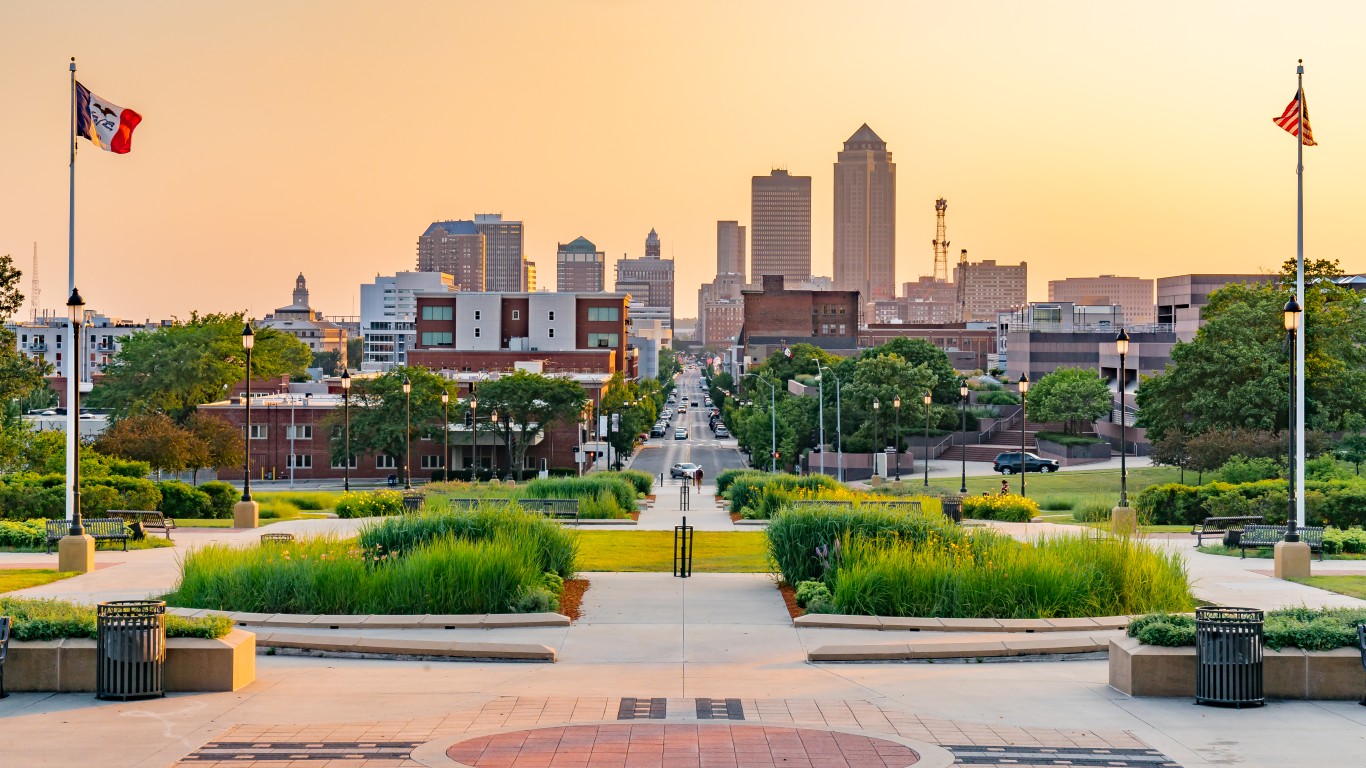

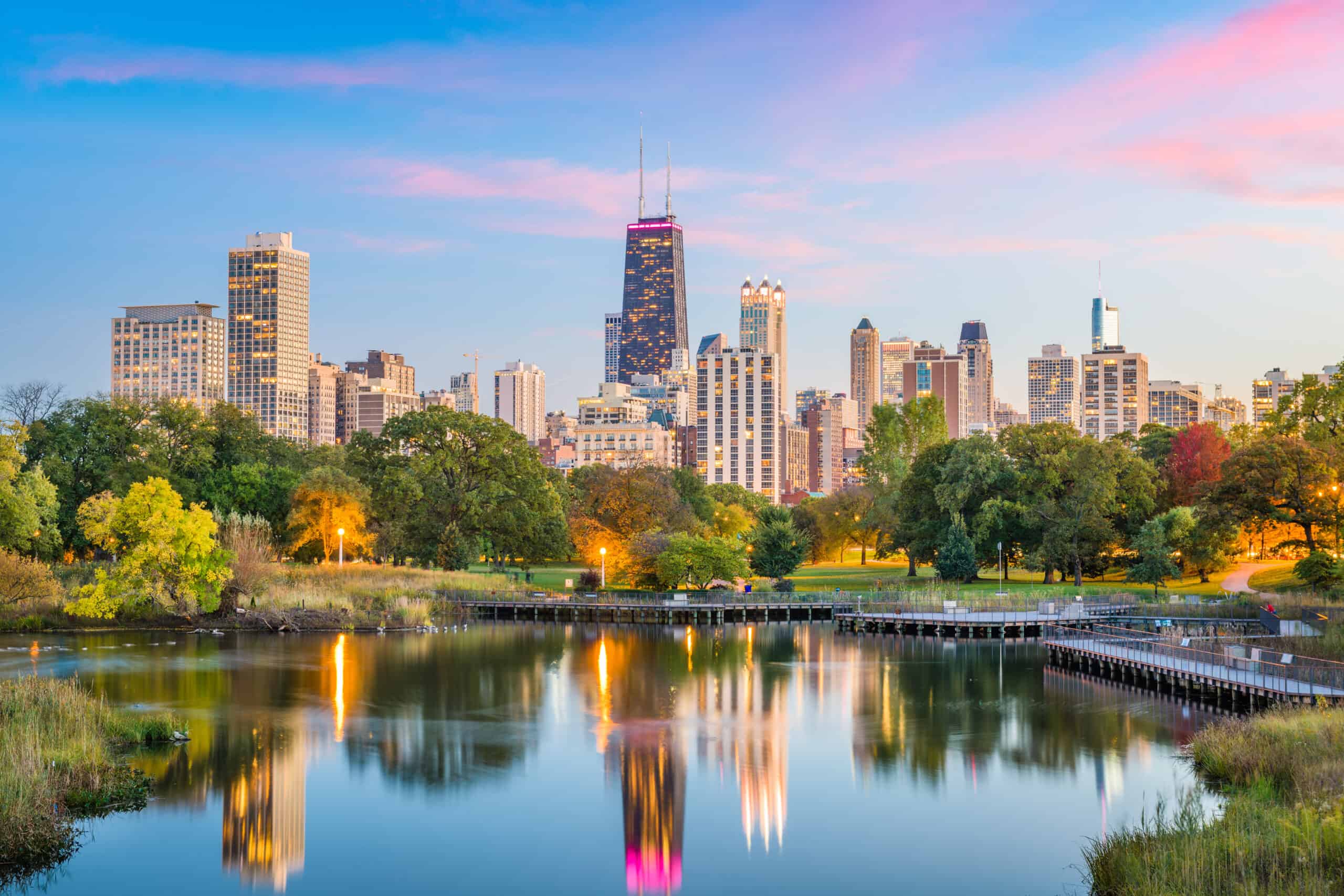



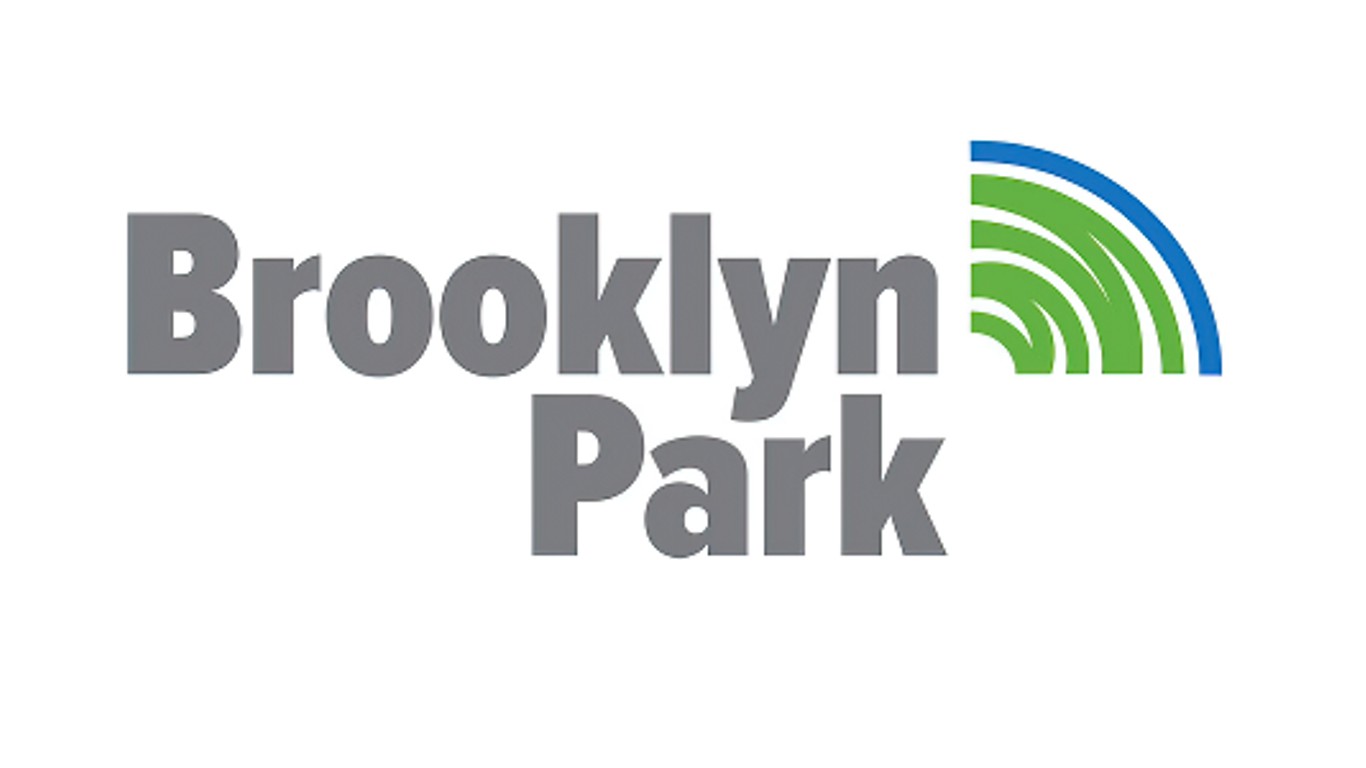
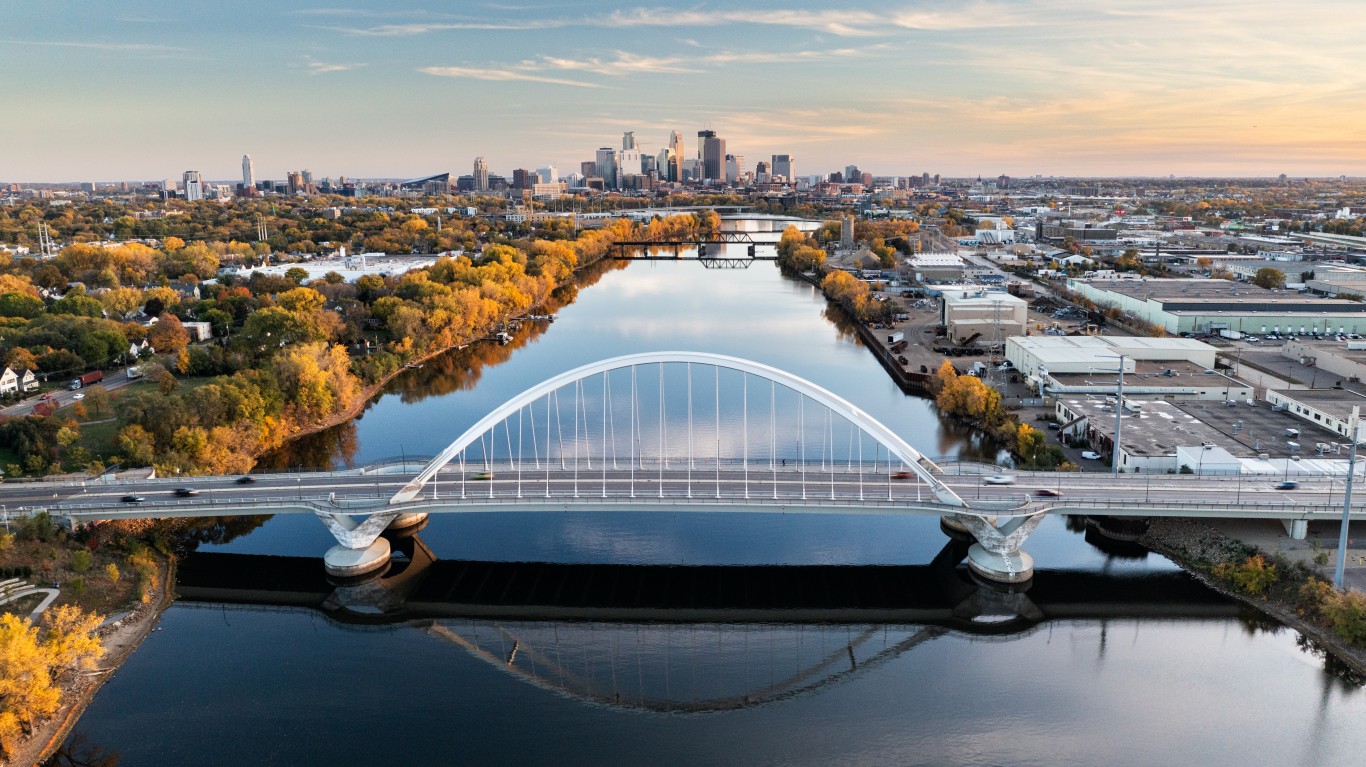

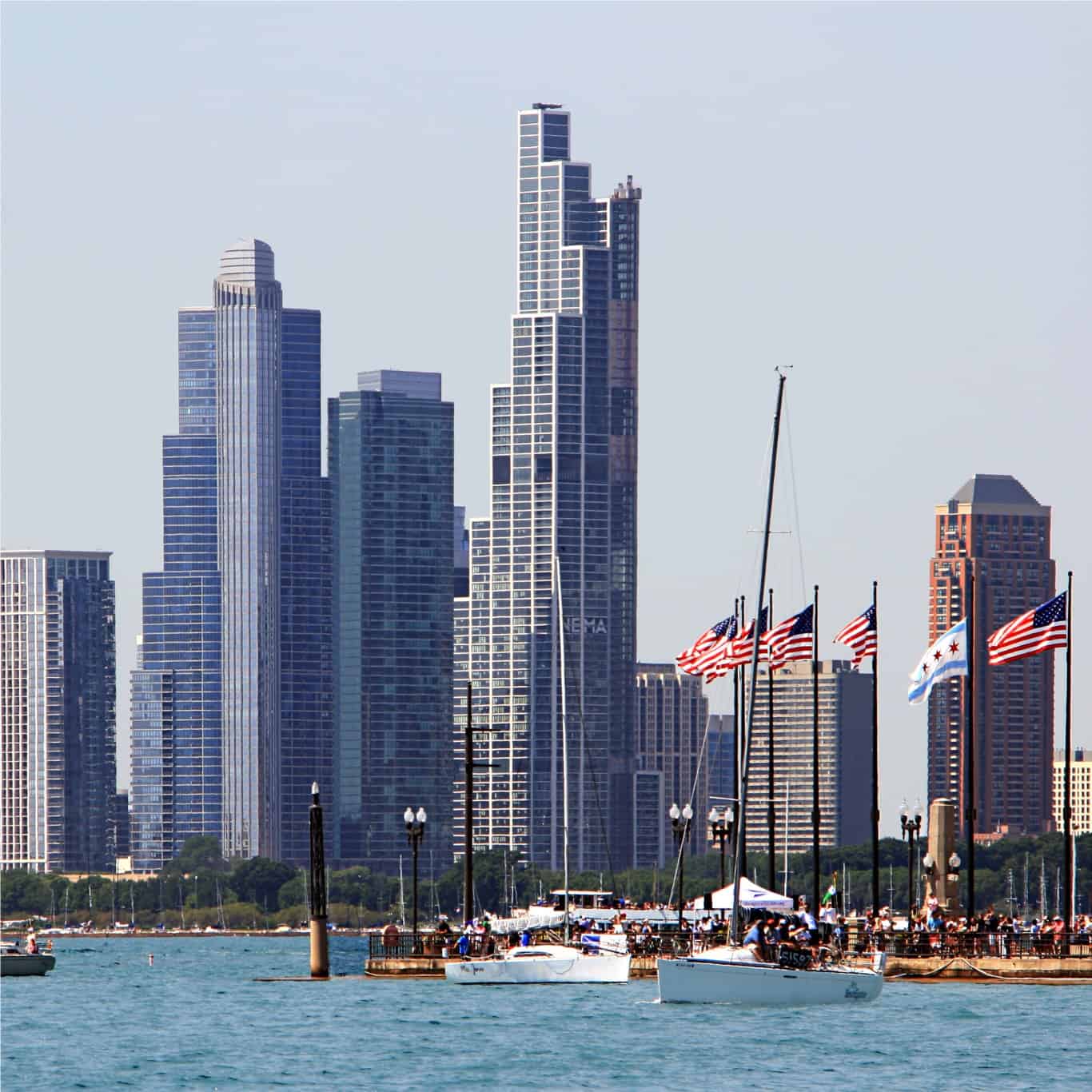

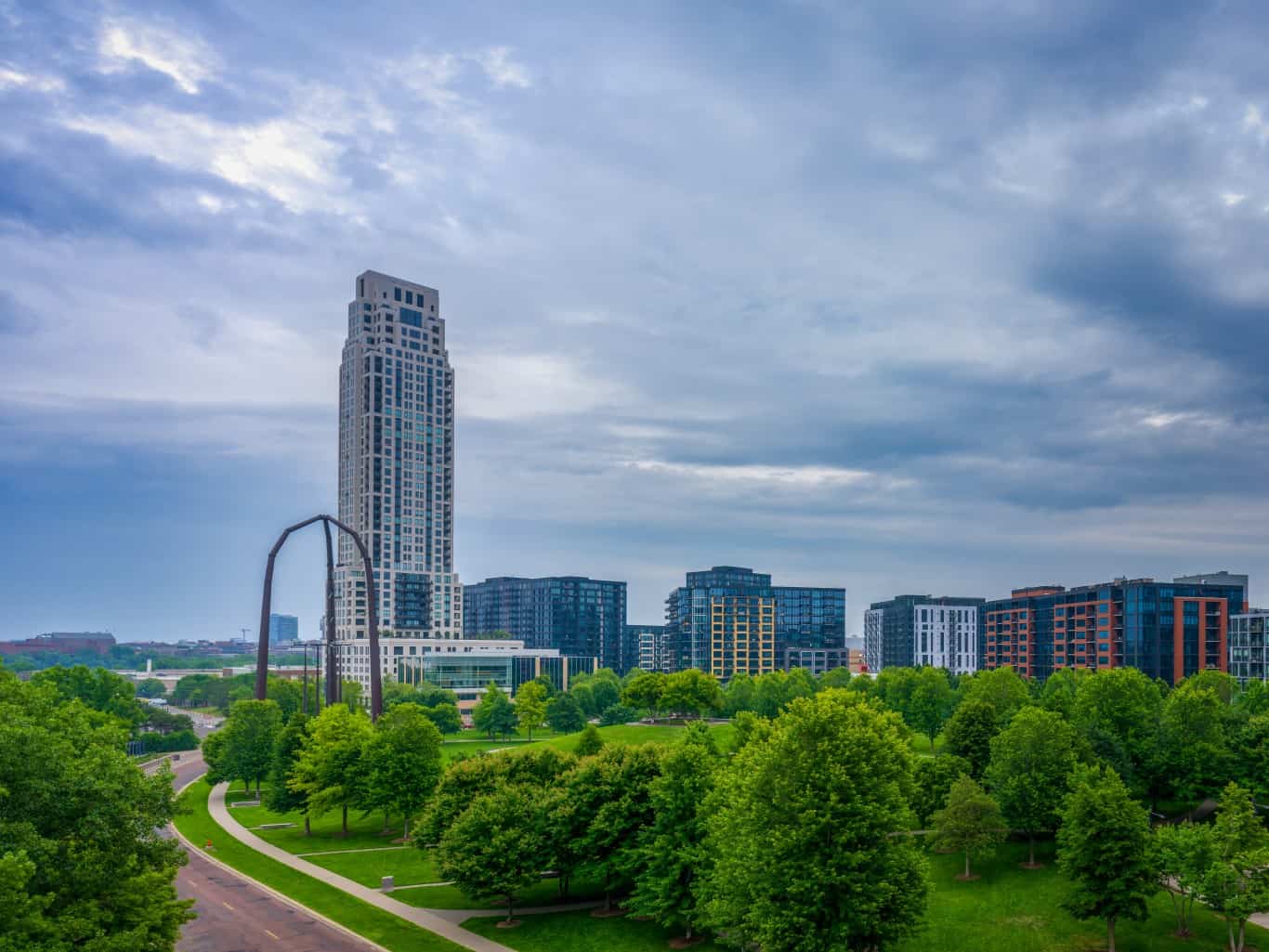
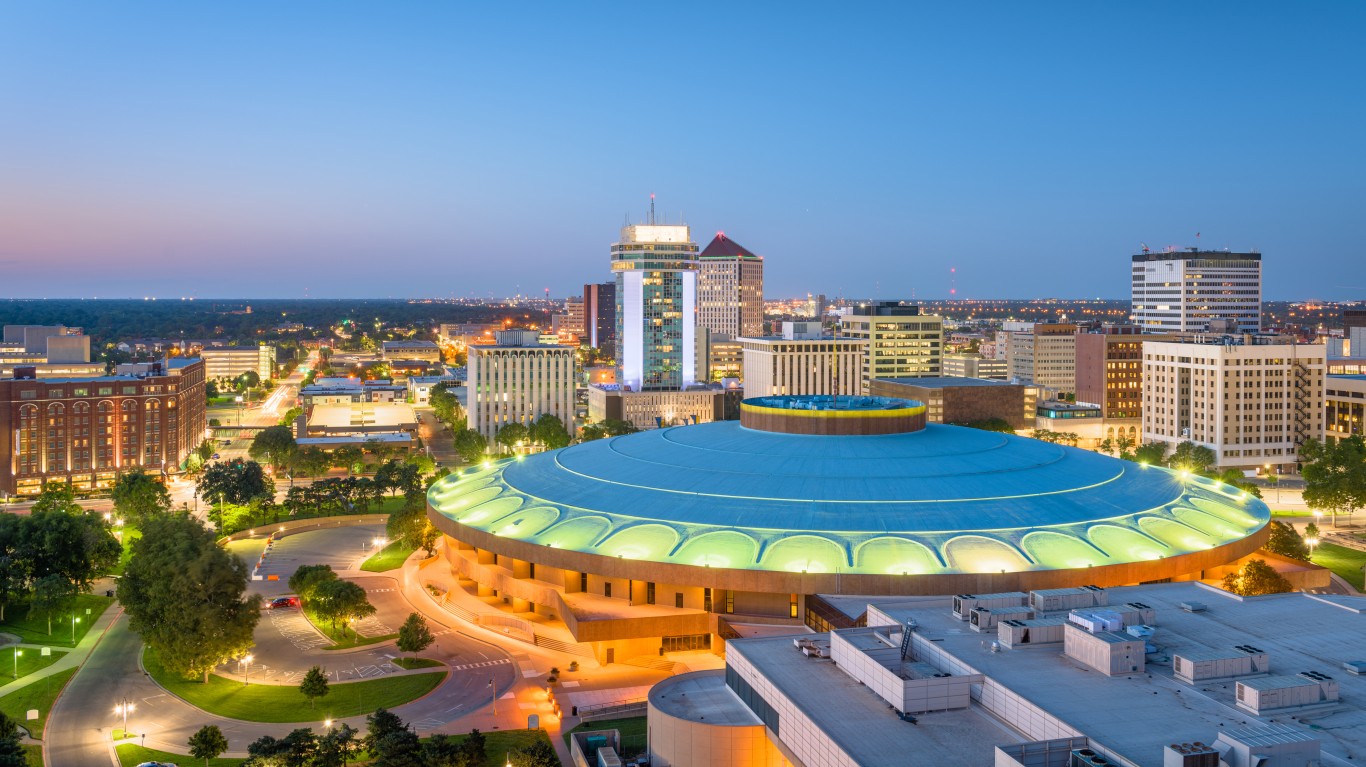

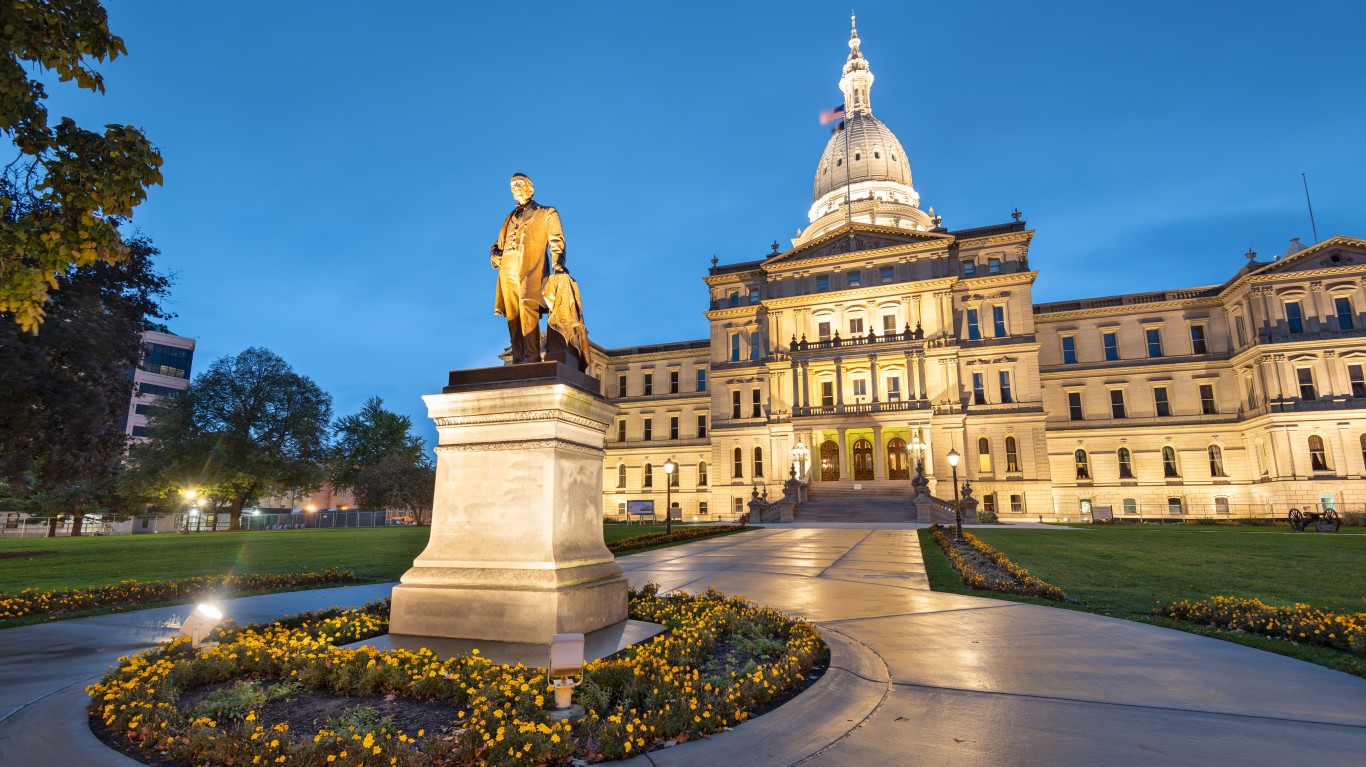


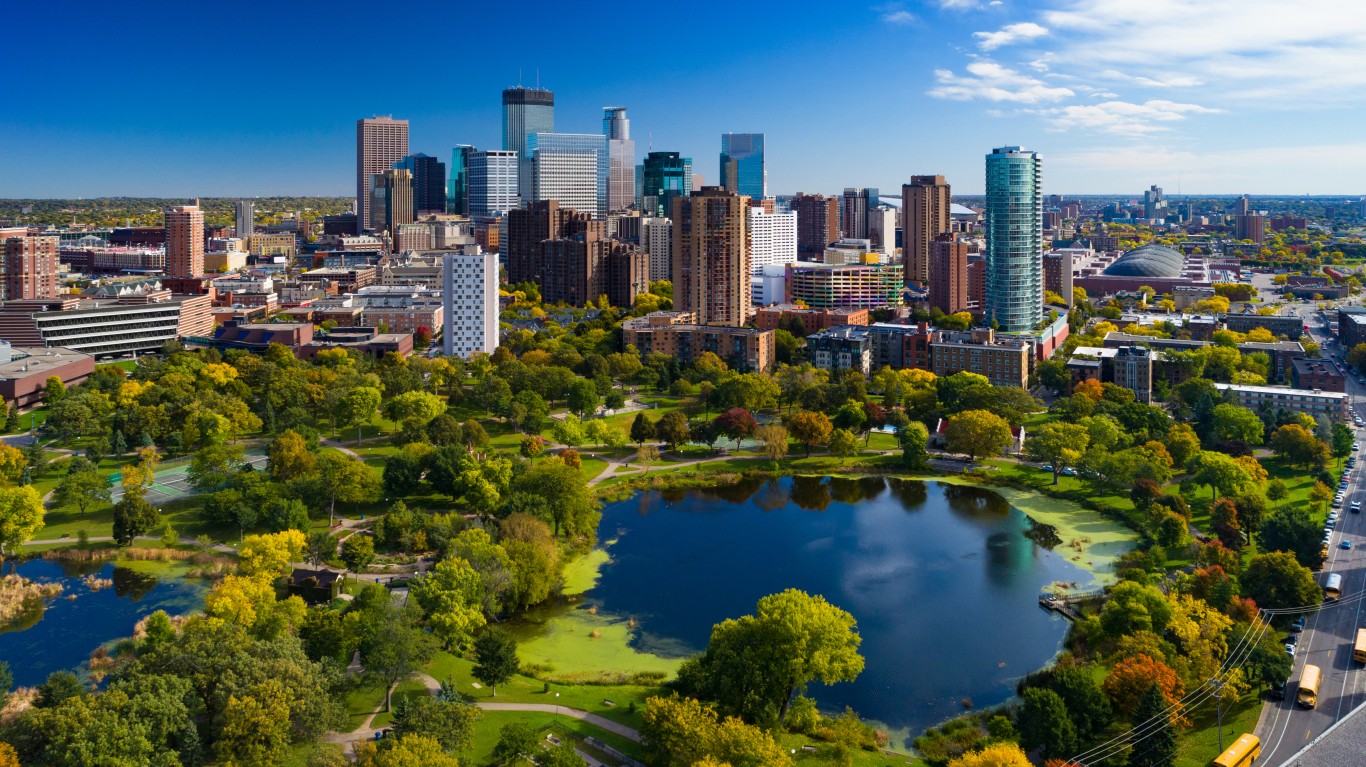



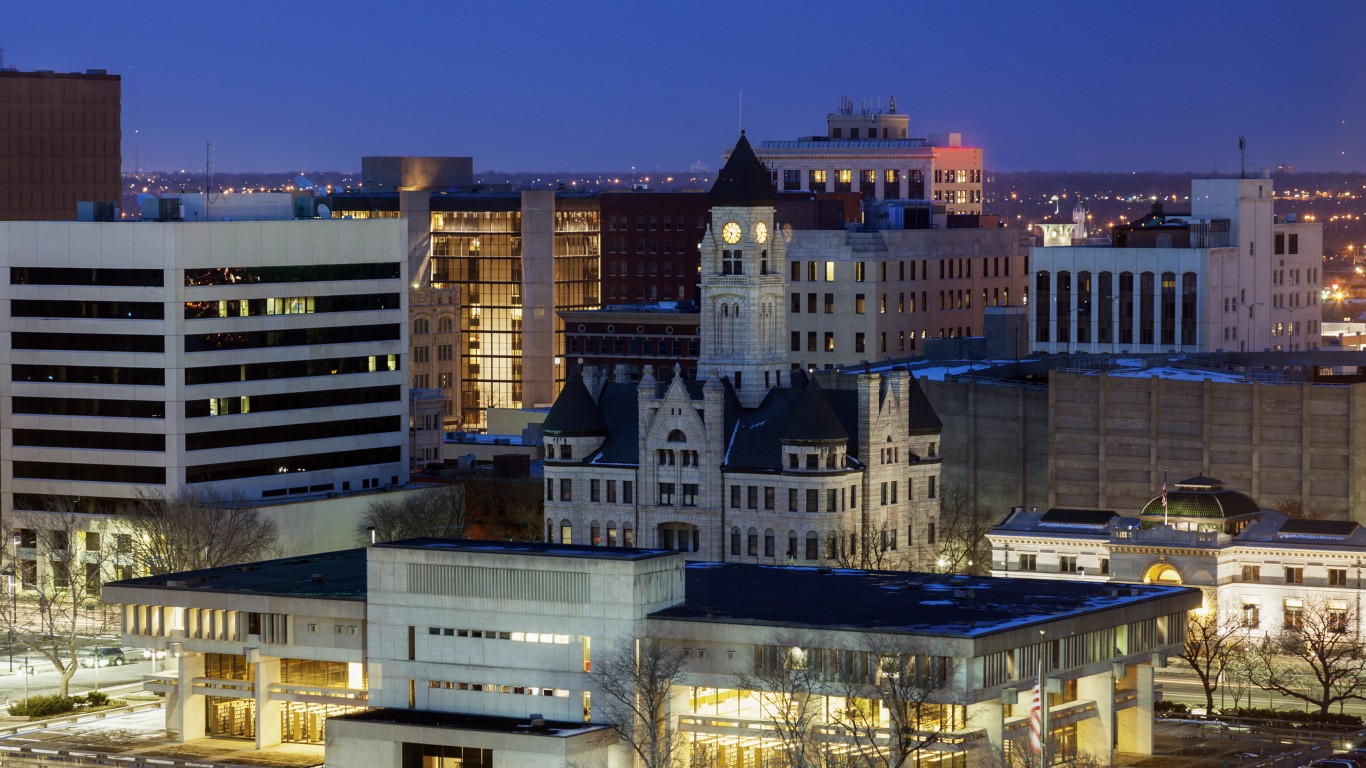









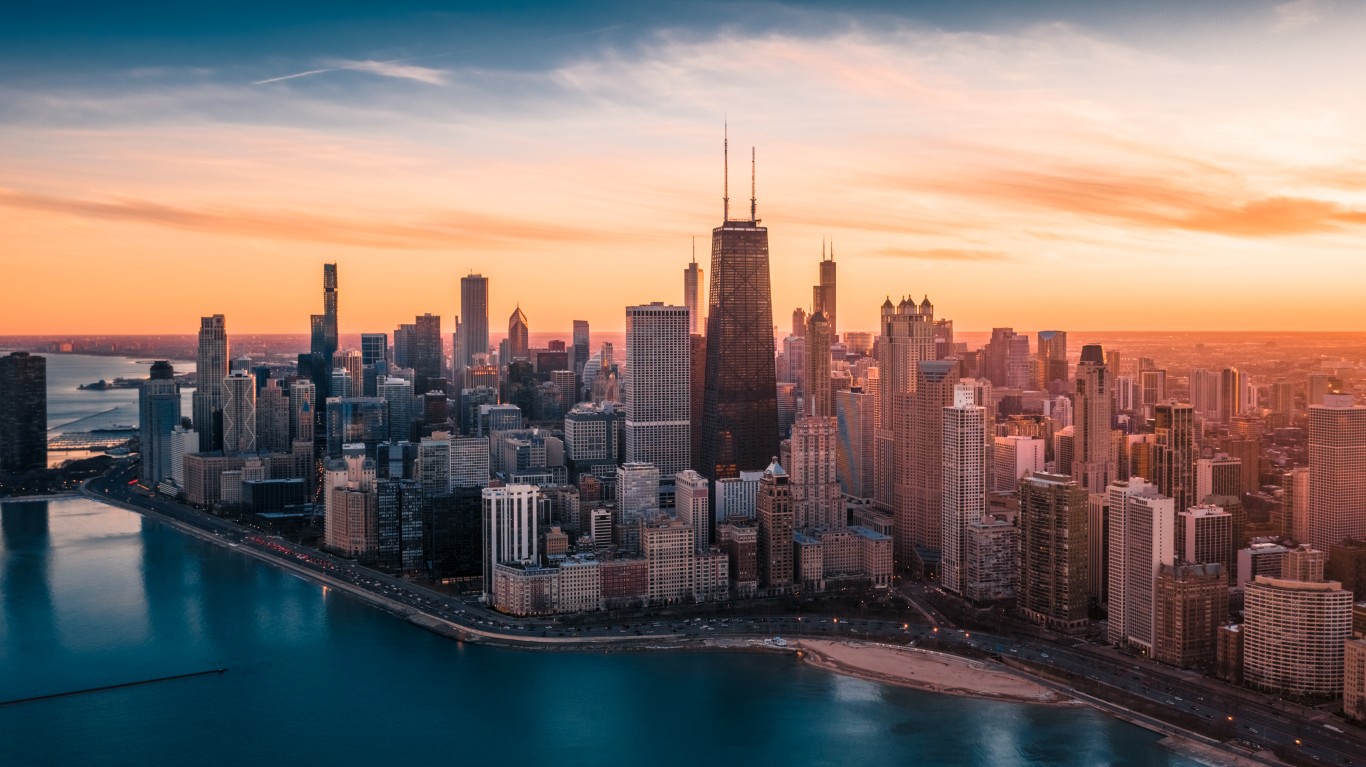


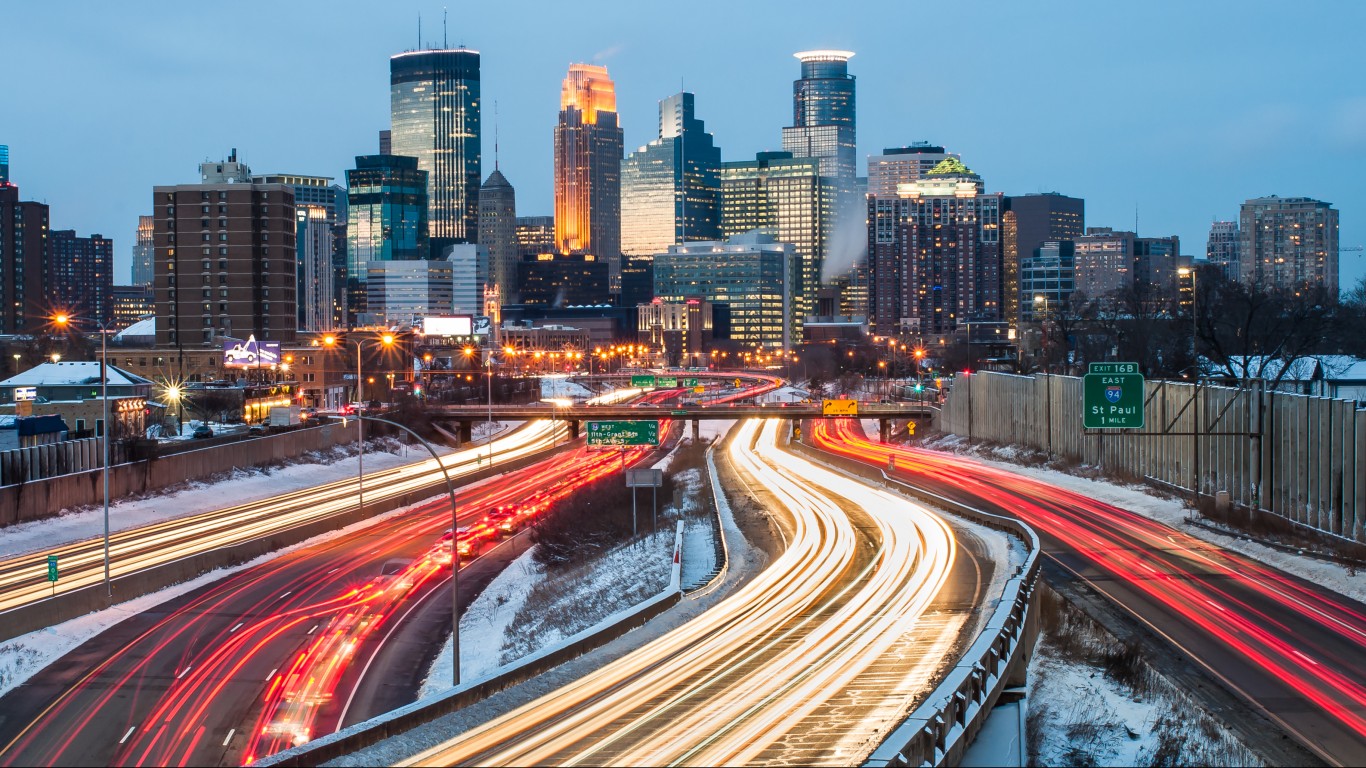
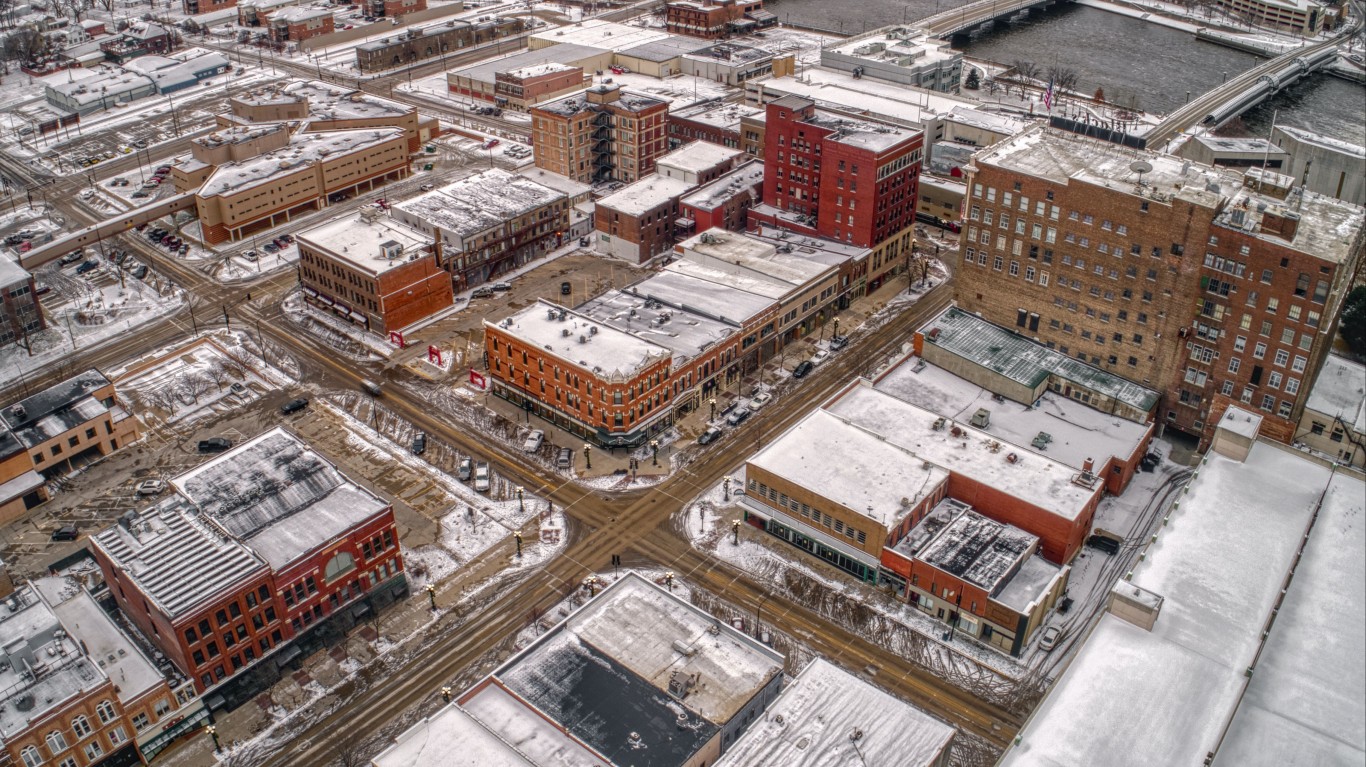
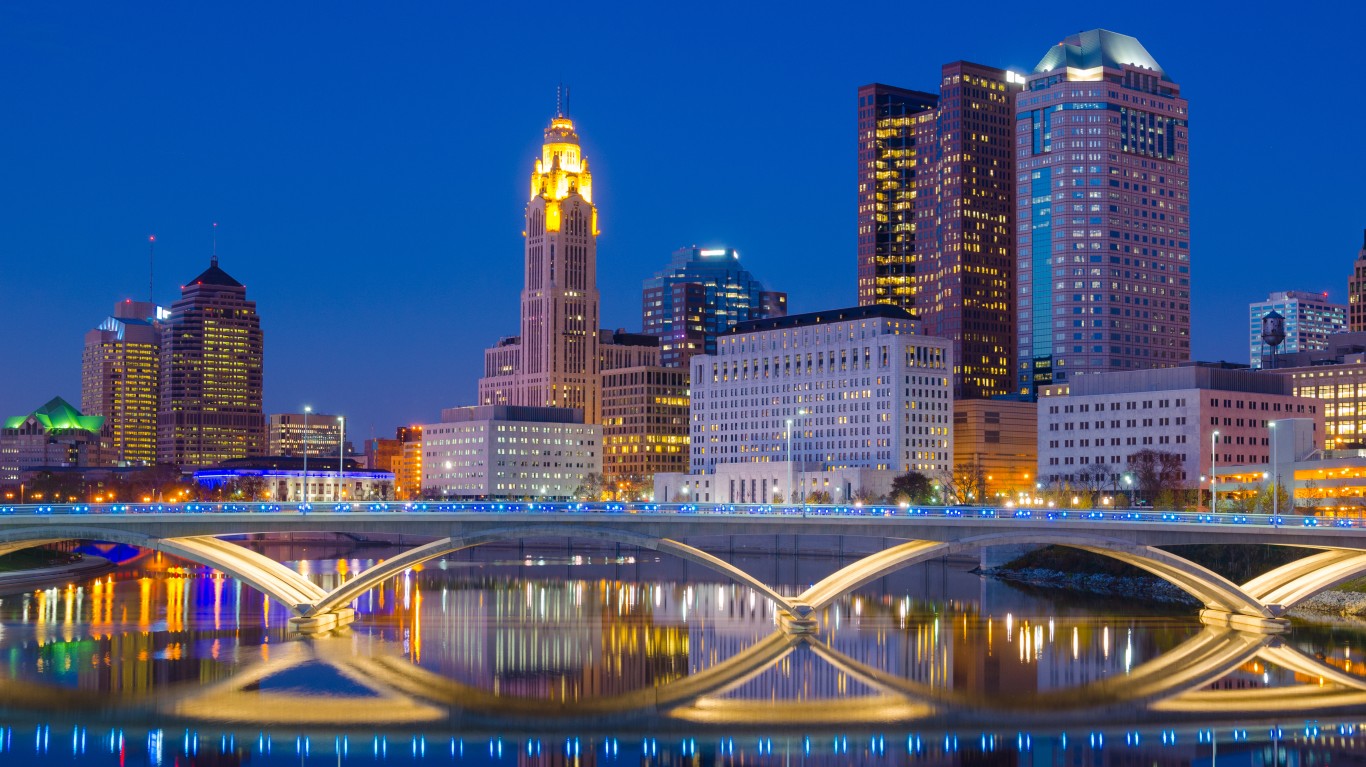
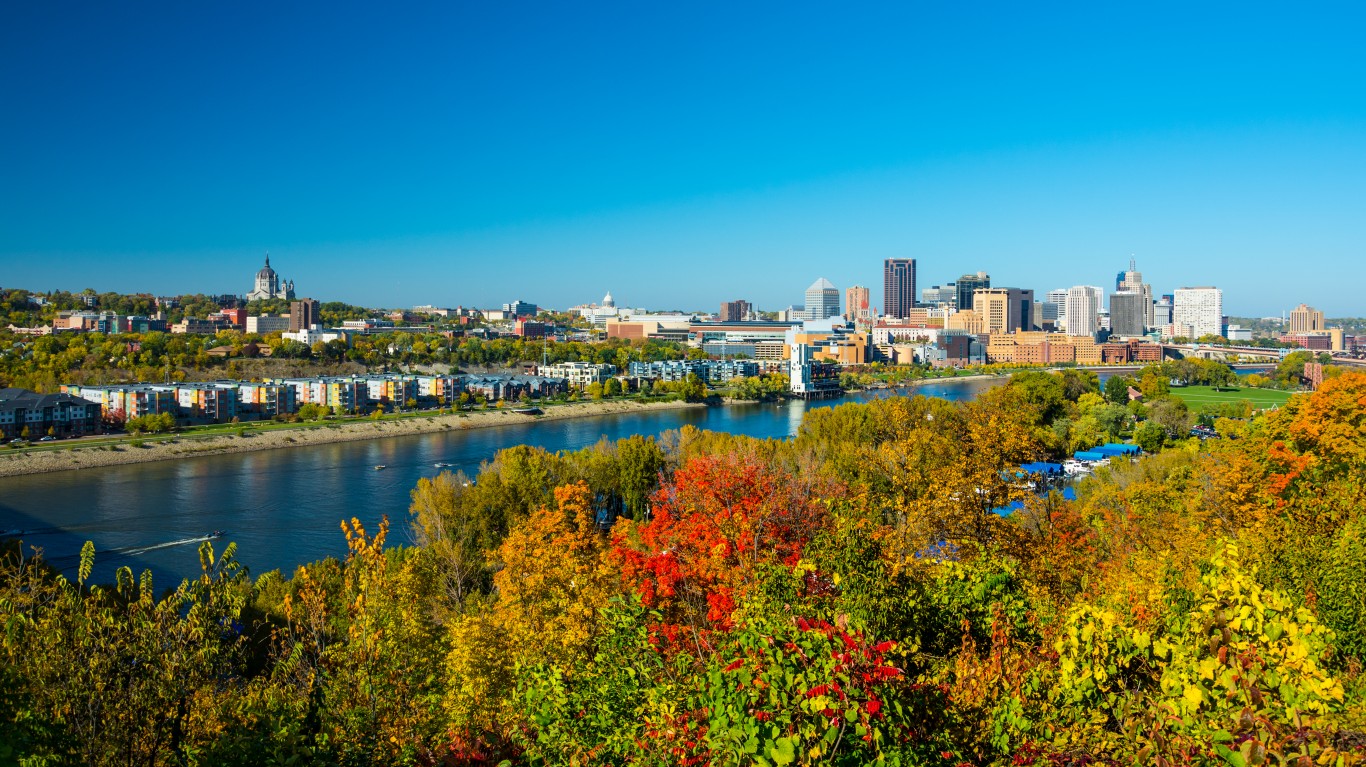


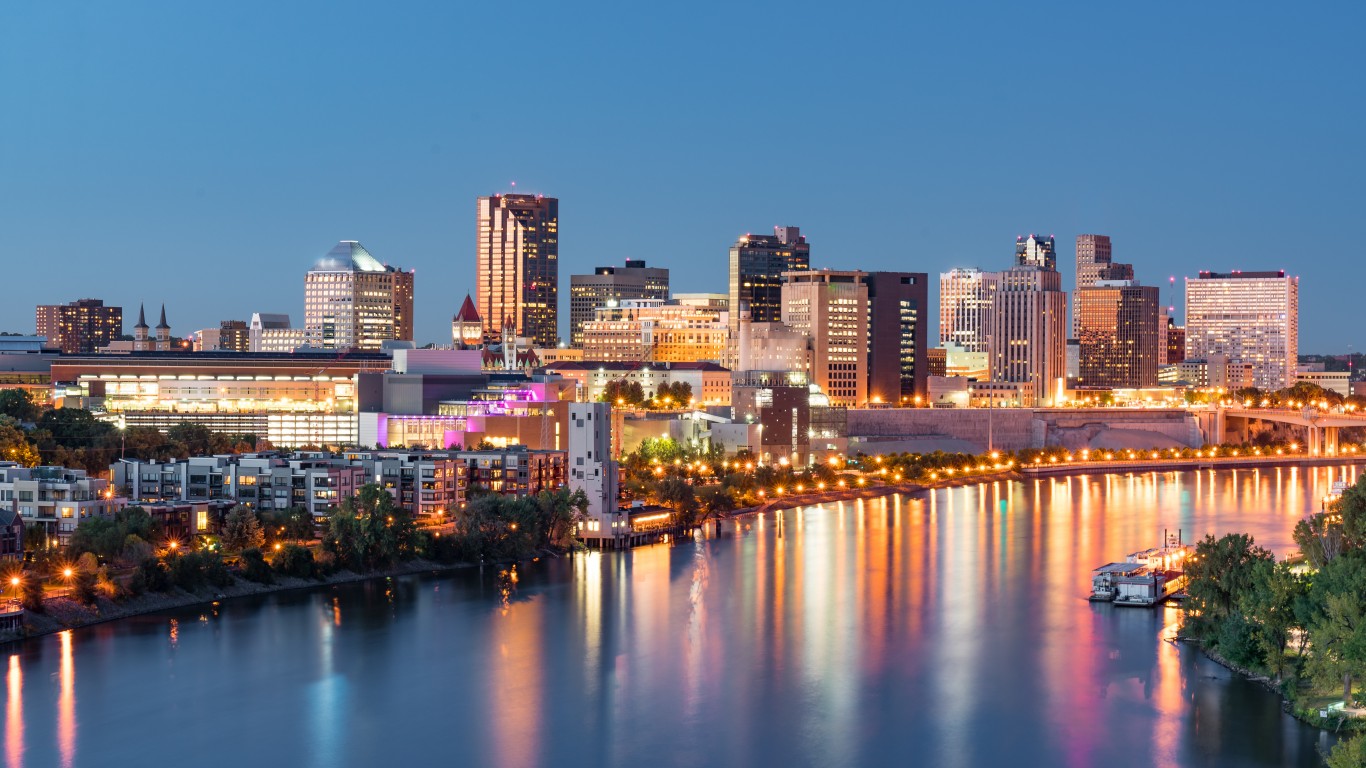

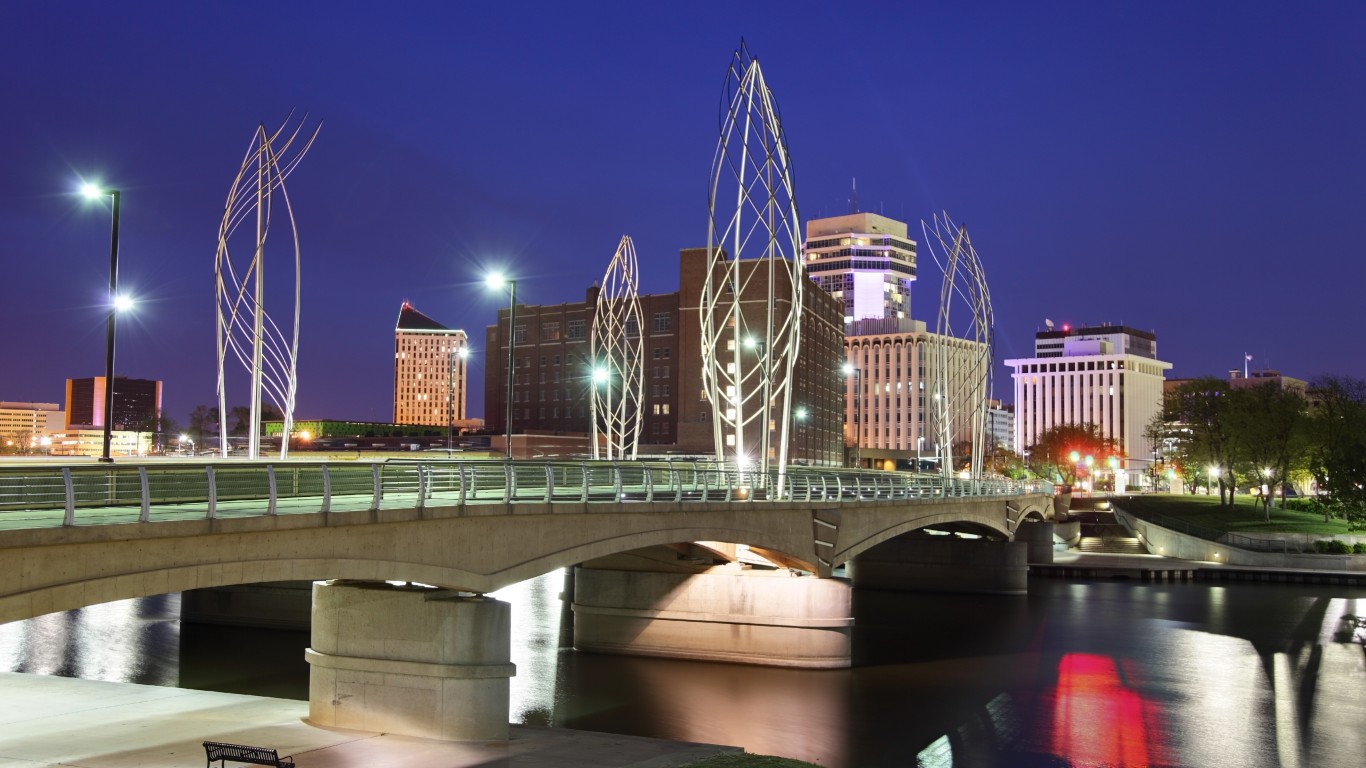
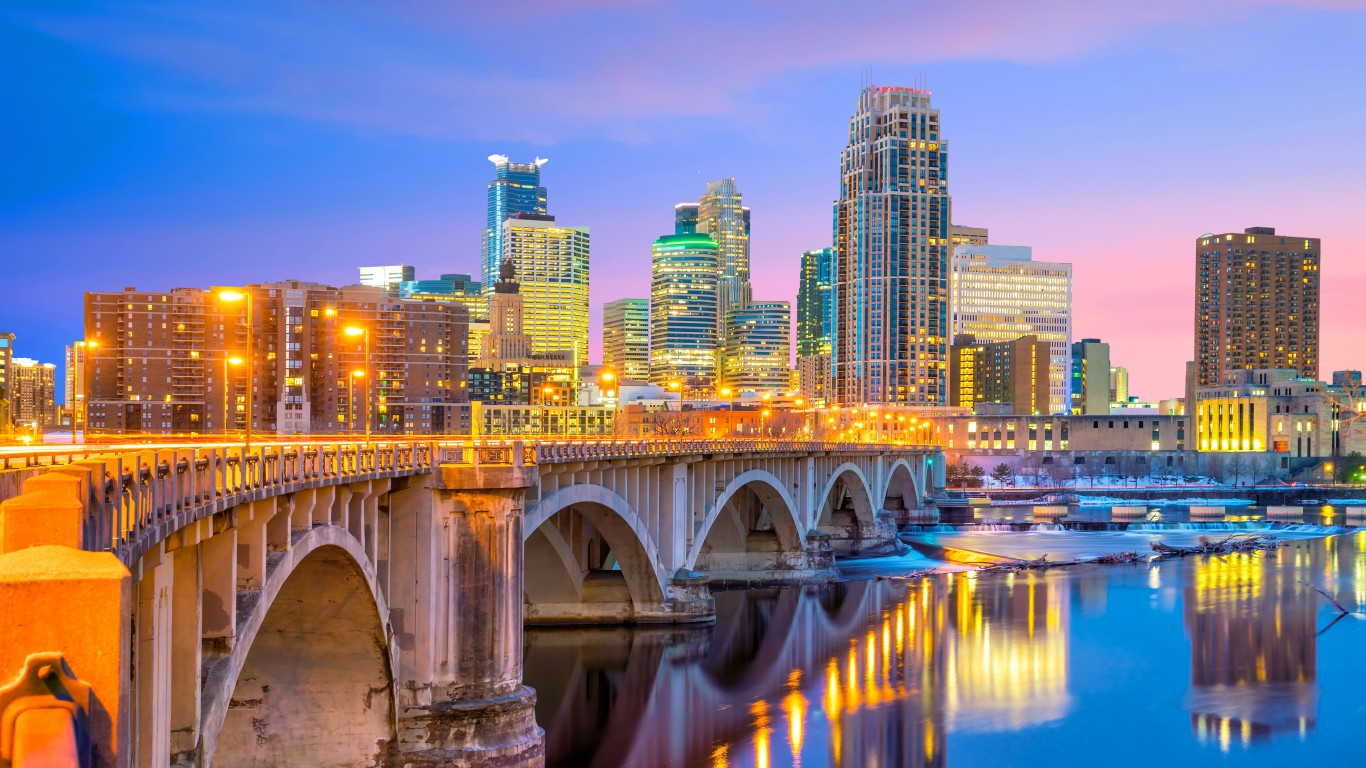


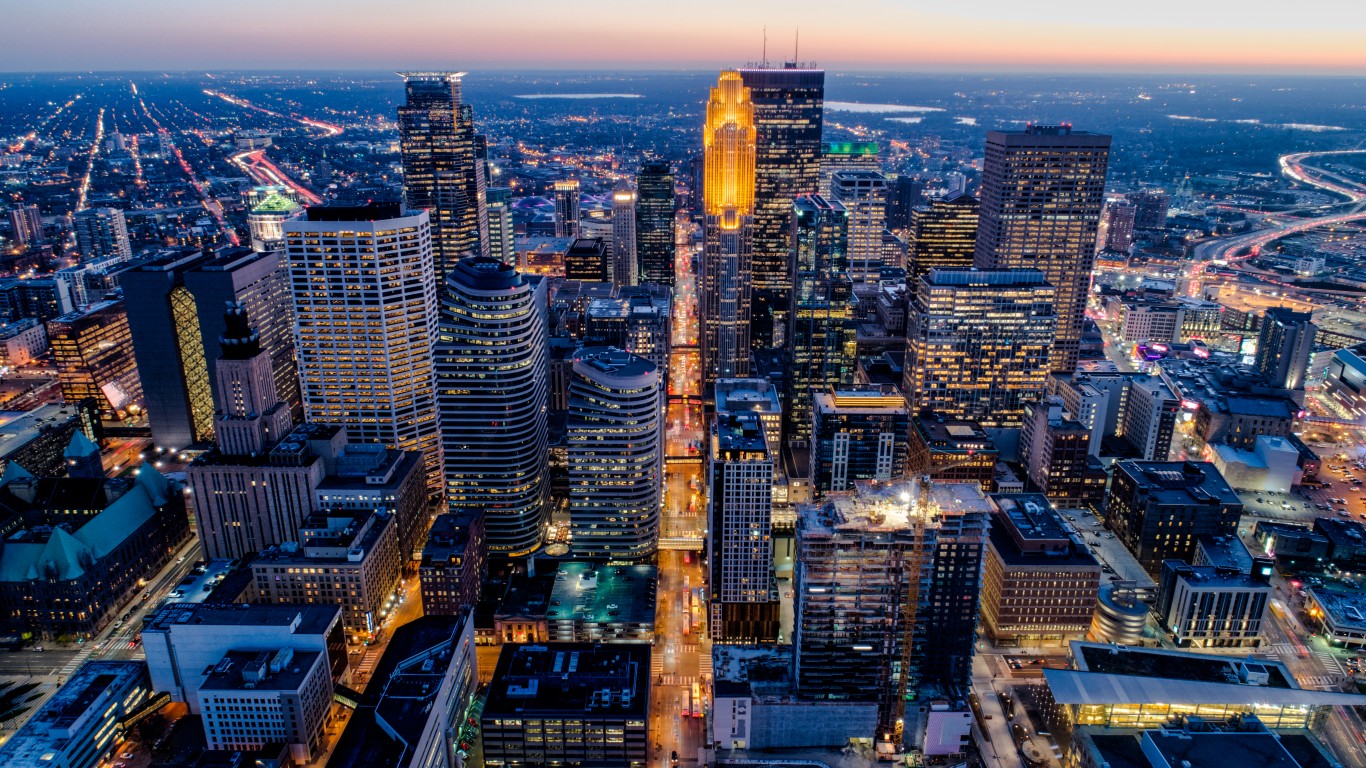

Credit card companies are pulling out all the stops, with the issuers are offering insane travel rewards and perks.
We’re talking huge sign-up bonuses, points on every purchase, and benefits like lounge access, travel credits, and free hotel nights. For travelers, these rewards can add up to thousands of dollars in flights, upgrades, and luxury experiences every year.
It’s like getting paid to travel — and it’s available to qualified borrowers who know where to look.
We’ve rounded up some of the best travel credit cards on the market. Click here to see the list. Don’t miss these offers — they won’t be this good forever.
Thank you for reading! Have some feedback for us?
Contact the 24/7 Wall St. editorial team.